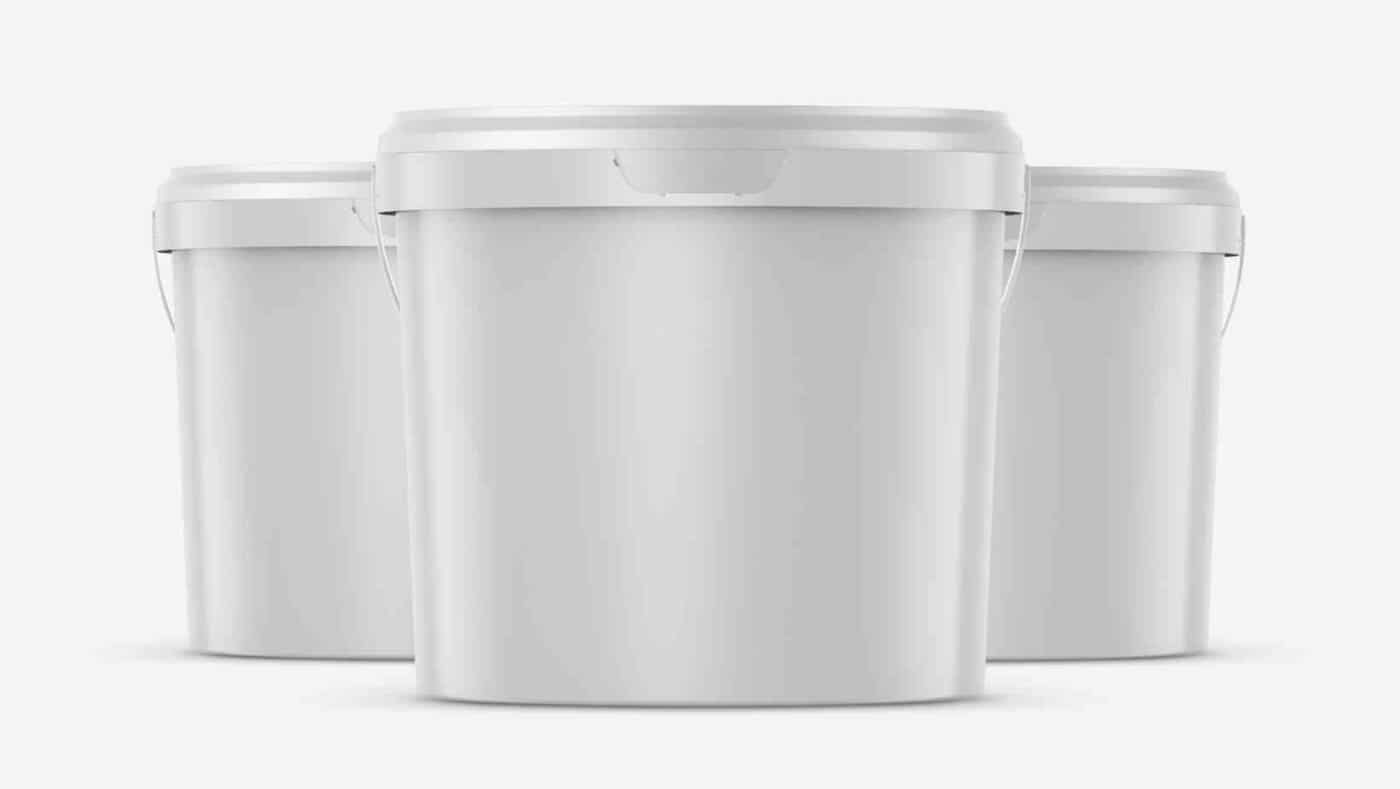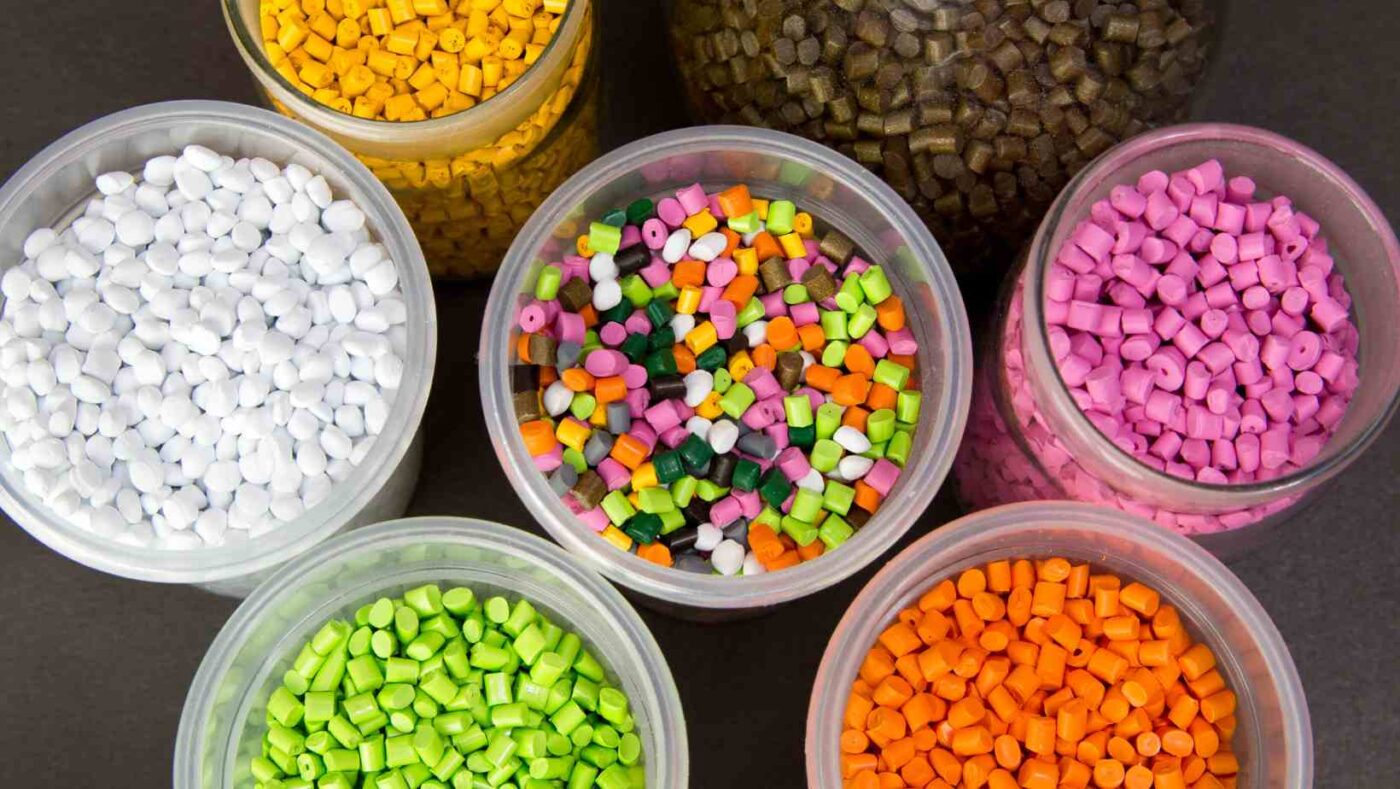Plastic buckets are durable and practical tools used for various purposes. However, since they are made of different plastic materials, some perform better than others. HDPE and PP are two of the most commonly used plastics and are used in the making of plastic pails. But, you might be wondering which one is better. Here’s a comparison of the characteristics of the two materials:
HDPE: High-density polyethylene is a strong, durable, and lightweight plastic that is resistant to impact, chemicals, and moisture. HDPE buckets are popular because of their sturdiness, resistance to corrosion, and ability to withstand extreme temperatures. They are commonly used in food and beverage industries, construction, and agriculture.
PP: Polypropylene is another widely-used plastic that is known for its chemical resistance and high melting point. PP bucket are lightweight, strong, and can withstand high temperatures. They are commonly used in the chemical and pharmaceutical industries, and are also suitable for food and beverage storage.
Table of Contents
What is a Plastic Bucket Made of?
Both HDPE and PP buckets are made of plastic resin, which is melted and molded into the shape of a bucket. The plastic resin is derived from crude oil or natural gas and is processed into a polymer, which is then molded into various shapes and sizes.
What is a Suitable Material for a Bucket?
HDPE and PP are suitable materials for making buckets. HDPE is the most commonly used material for making buckets in the United States, but it is less practical than polypropylene buckets because it is both expensive and less durable.
PP buckets are widely used around the world in the chemical and pharmaceutical industries, as well as for food and beverage storage.
It is the safest known plastic raw material.
For more information you may want to read:
Why Choose Polypropylene Bucket?
Is a Bucket Waterproof?
Both HDPE and PP buckets are waterproof and can be used for storing liquids without any leakage. However, it’s important to note that not all plastics are waterproof. Some plastics, such as polycarbonate, can be permeable to water and should not be used for storing liquids.
Are Plastic Buckets Safe?
The safest known plastic bucket material is Polypropylene. It is both recyclable and food safe. It is also suitable for custom printed buckets.
High Density Polyethylene are also very popular in the United States. These products are also safe.
However, it’s important to note that some plastics, such as PVC and polycarbonate, can be hazardous and should be avoided.
Are All Buckets Food Safe?
Not all buckets are food safe. Only specific food grade buckets should be used for storing or transporting food. Food-grade pails are made of materials that are safe for contact with food, such as HDPE and PP.

Other Bucket Materials
- PET (Polyethylene Terephthalate): PET buckets are lightweight, transparent, and have excellent resistance to impact and chemicals. These material are commonly used for packaging food and beverages.
- PVC (Polyvinyl Chloride): PVC buckets are known for their durability and resistance to impact, chemicals, and temperature changes. However, PVC is not recommended for food packaging due to the potential release of harmful chemicals.
- Polycarbonate: Polycarbonate buckets are one of the strongest and most impact-resistant types of plastic. They are commonly used in industrial applications but are not recommended for food packaging.
- ABS (Acrylonitrile Butadiene Styrene): ABS material are lightweight, durable, and resistant to impact and chemicals. They are commonly used in industrial applications.

